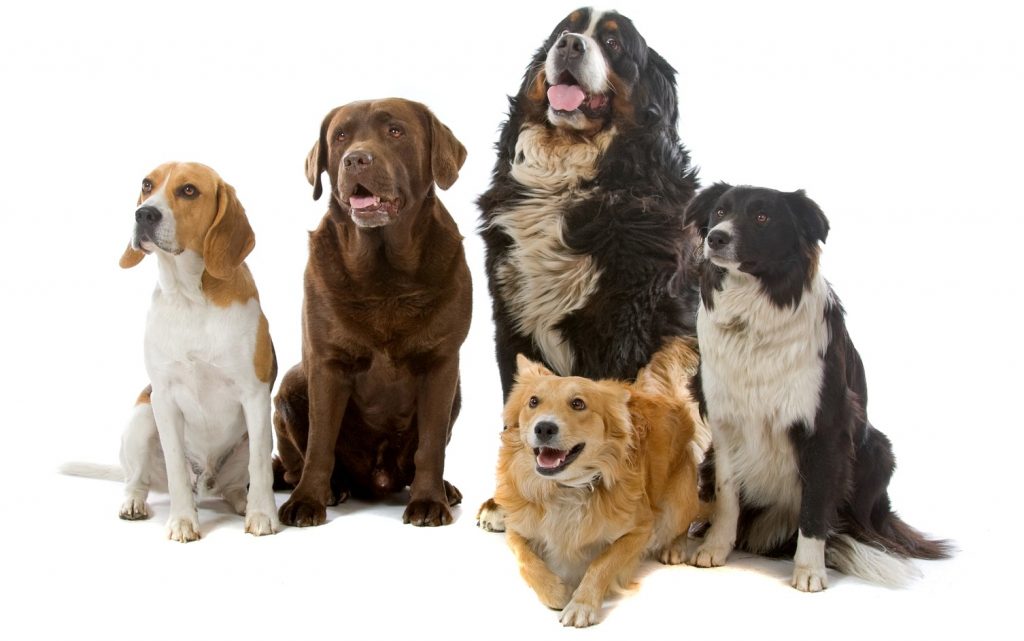Understanding Your Dogs Body Language. This is a tough one to do and I came across this article on the Wall Street Journal website by Melissa Pierson. It is full of some great information. As I read her article I couldn't help but think about my dog and the things she does when I do some of these things to her. I never meant to aggravate her or irritate her in anyway. What I mean by this is it is always good to be informed of our actions towards our dogs may cause and adverse reaction in them. We don't want that at all. We love our companions and want them to be happy and feel comfortable around us. We can understand our dogs language better after reading this article!
We tend to think that dogs have relatively little to say because they don’t speak our language, but we are too focused on speech: Witness the tourist hoping to be understood by repeating a request ever more slowly and loudly, or the dog being scolded “Come here!” as he runs merrily away. Dogs are constantly asking us to listen, just not with our ears.
The language of dogs is primarily visual, enacted with their bodies. They speak with the direction of their gaze, the tilt of their tails, the distance they keep and the arc of their movement. Canine language is rich for the same reason ours is: We are both social, cooperative species.
It’s all in the ears, tail and body.
The baseline posture of a relaxed dog includes having ears up and tail down. In an alert, often transitional, posture, the tail is held straight behind, the ears go forward, and the entire carriage raises. A fearful or anxious dog tucks his tail, lowers his body and pulls back the corners of his mouth. If his hackles (the hairs along the back of his neck) are raised and his nose wrinkled, he is saying he just might bite if pressed further.
Similarly, the dog whose tail is stiff and wagging slowly (not all wagging denotes pleasure), with ears forward and carriage following suit, may be announcing imminent attack. If he freezes, pupils dilated and staring hard, he is to be taken at his word: Watch out.
Please skip the hugs.
For a dog, what comes naturally to us primates when we overflow with affection feels like a threat. The desire to hug is one of the hardest reflexes for us to overcome, but reaching across a dog’s neck is an act of intimidation. He may tolerate it, but he doesn’t like it.
That’s not a guilty look.
The jury is still out on whether dogs experience guilt or shame, but chances are that “the look” popularly ascribed to a dog who has done something wrong is actually fear or anxiety prompted by the expectation of anger from the owner. Things commonly punished by us—“stealing” food, urinating on the rug—are hardly immoral to a creature whose values are so different from ours.
They love you too. I call it helicopter-tail. Other signs of happiness are unmistakable and easier to read by humans than many of dogs’ other communications: a “rocking-horse” run, as vertical as it is forward; the greeting stretch (followed by “pretty please” front paws on your leg); the C-shaped body bend—the better to maneuver a butt for that all-pleasing scratch—and the smile.
Yes, dogs do smile. No translation needed.
Content: Melissa Pierson/Wall Street Journal
